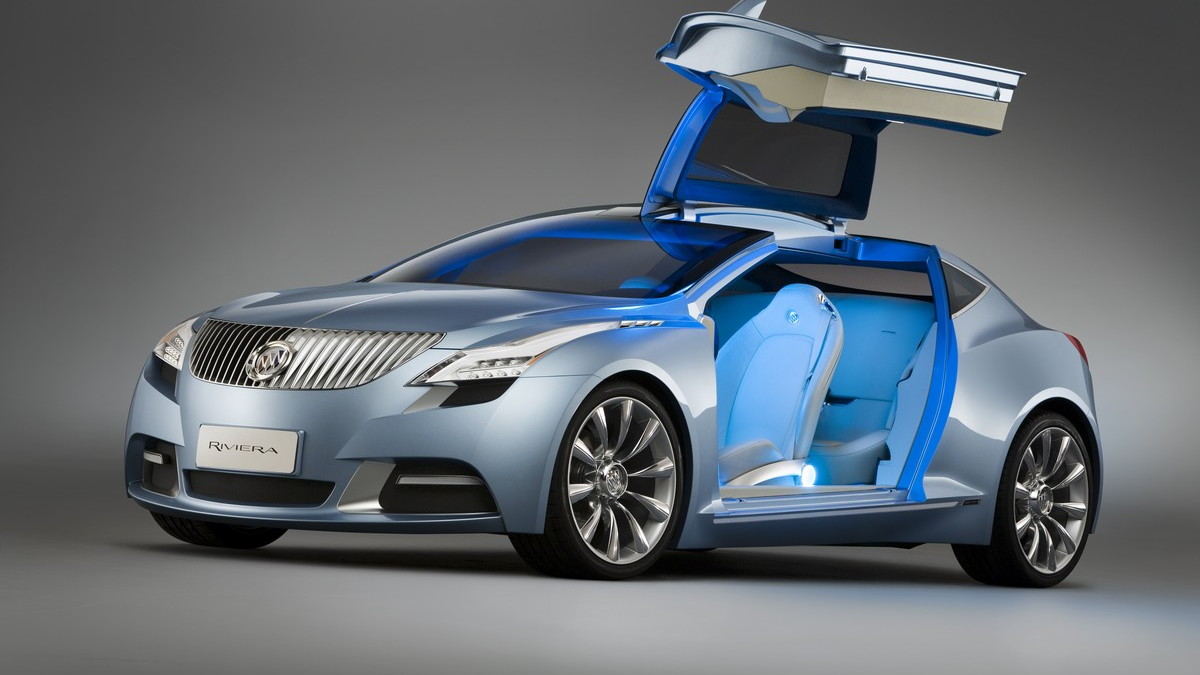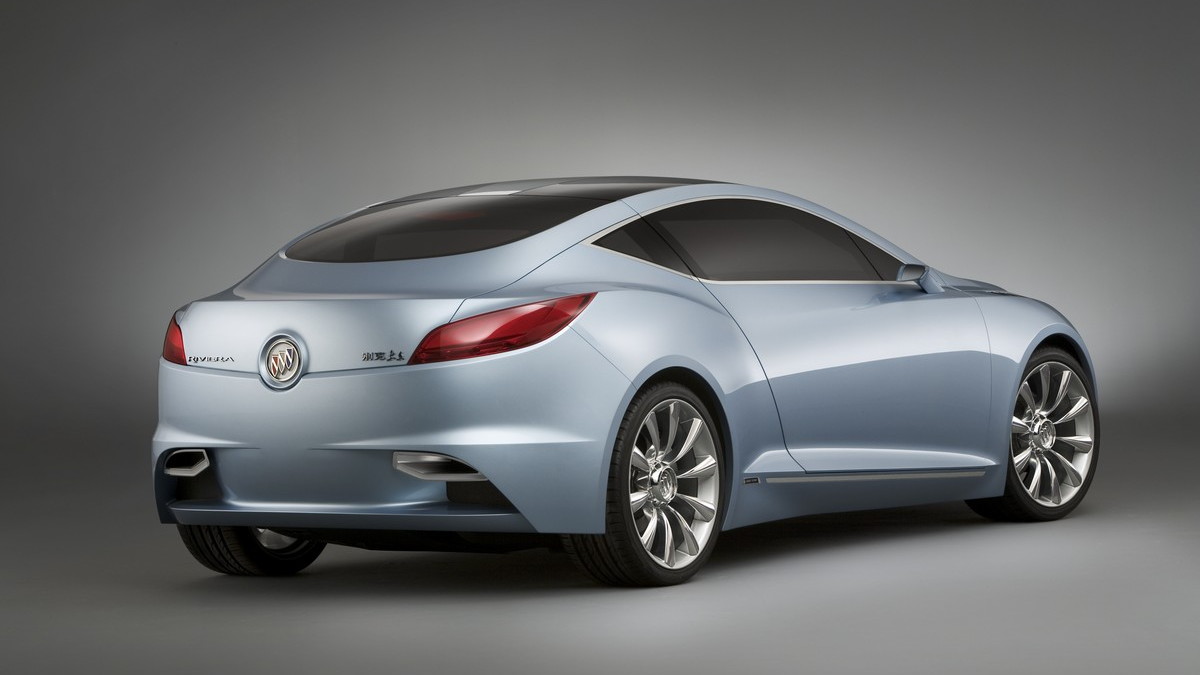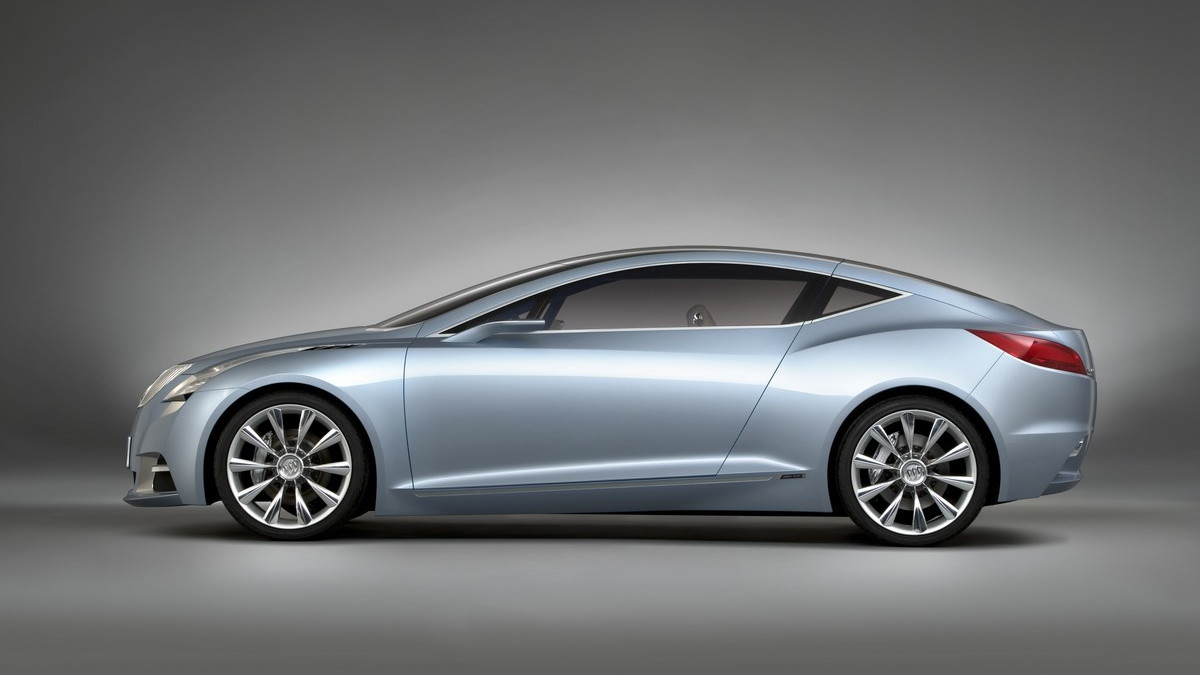News emerging from Opel sources in Germany today ties together a thread of production shifts and design rumors at General Motors dating back more than a year. A source within Opel told the Frankfurter Allgemeine Zeitung that GM has a proposal that could lead to a 'very great quantity' of Buicks being built in Germany. So far the plans aren't definite, but they mesh well with other plans at GM.
The shift of the Buick to the Russelsheim operation is thought to be a form of compensation for diverting Saab's construction of the 9-3 to Sweden, which is itself part of GM's overall plan to make Saab more independent. That, in turn, is part of the company's plan to prep Saab for sale to help GM make it through its current financial straits.
Building a U.S.-market Buick in Germany might at first blush might seem a risky move, as the current Saturn Astra's price is higher than it might otherwise be due to unfavorable exchange rates with the Euro. On the other hand, Saab has already invested a great deal of money into the Russelsheim plant for production of the next-gen 9-1, based around the FWD Delta II platform. If Saab continues its march toward independence, that investment could go to waste unless another GM product makes use of it. The next-gen Saturn Astra is an obvious alternative, but the brand's murky future and the Astra's low-margin status cast some doubt on the viability of that plan. Thus enters the next-gen Buick small sedan.
Rumors of such a sedan have been circulating since mid-2007, and though at the time the expectation was that the car would be built in China, shifts in the global economy and GM's situation have made the Russelsheim operation more ideal. The sedan itself is expected to be of a size with the Honda Civic and Chevrolet Cobalt, though marketed toward a more premium customer. Though it's in the same size range, the Chinese-market-only Buick Excelle small sedan isn't likely to be exported to the U.S.
Though it's not expected to be available for retail sale until the 2012 model year, the new small sedan would help move Buick further toward its goal of becoming a more global brand. The recently unveiled Buick LaCrosse is the first step in that direction, sharing a platform with the Opel Insignia and the next Saab 9-5.
The 9-5, on the other hand is being moved away from the Opel design center in Germany in order to give it greater appeal to Americans - a sort of role-reversal, and entirely fitting with GM's larger plans to leverage its global resources in local markets.
The Delta II platform expected to underpin the new Buick is also shared by the Chevrolet Cruze, Orlando, Volt and Opel's variations on those cars as well. The European Cruze will be built in South Korea, however, while North American versions will be built locally. Offloading Buick production on the same platform to Europe could be a way to use existing production capacity, while the more premium market placement of the Buick brand allows GM to compensate for the slightly inflated price likely to result from its European provenance.
Design of the small Buick sedan is expected to take cues from the Chinese-design Riviera concept revealed in 2007 (pictured). Though that car was a gullwing four-seater, a production sedan can be envisioned from it, especially when considering how closely the new LaCrosse resembles the Invicta concept. Nonetheless, at this point the new Buick small sedan, its production location and GM's related production shuffles remain little more than speculation, however tidily they fit together.






